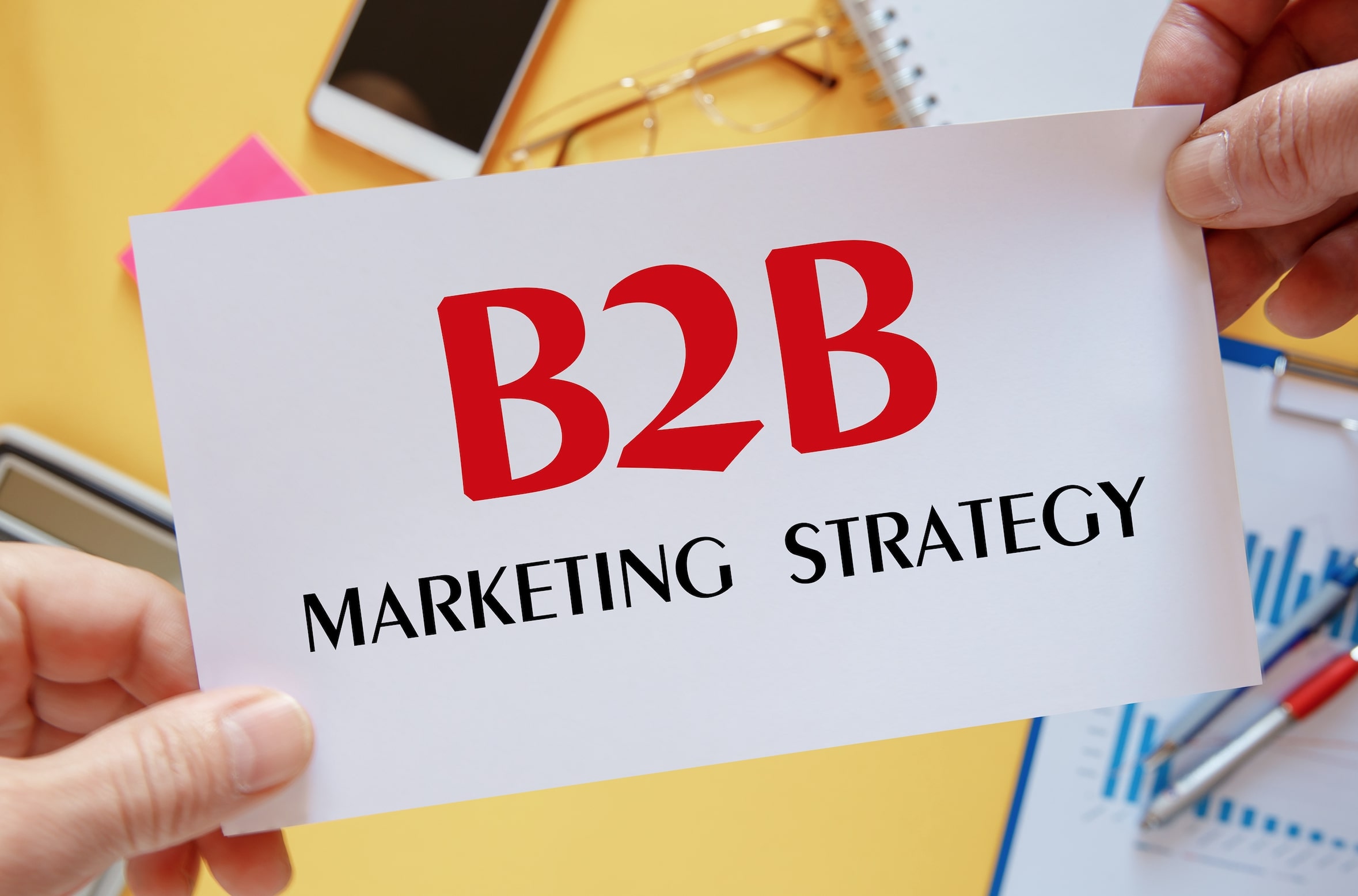Published Oct 19, 2022
Creating Winning B2B Marketing Strategies Based on Data and Analytics

In today’s business world, data and analytics are more important than ever before. By leveraging data and analytics, businesses can gain a competitive edge and make better-informed decisions about their marketing strategies. B2B sales have never been harder to come by, and today we’ll explore why its time to up-skill your tech stack in order to ensure you’re capturing the data which will move the needle for your business.
When it comes to creating winning marketing strategies, there are a few key things to keep in mind. First, you need to have a clear understanding of your target audience. Second, you need to know what type of content will resonate with your target audience. And third, you need to be able to track and measure your results so that you can continuously optimise your campaigns.
Here are a few tips for using data and analytics to create winning B2B marketing strategies:
1. Know Your Target Audience
One of the most important things you can do when creating a marketing strategy is to have a clear understanding of your target audience (TAL). Who are they? What are their pain points? What type of content do they consume? What knowledge gaps do they have which your business is well placed and qualified to help fill? By answering these questions, you’ll be able to create targeted campaigns that resonates with your audience. This process should be highly focussed on driving consumable content which having being read, will leave your reader with some targeted action items that they can follow in order to move forward in their exploration of this topic.
Want a FREE TAL for your business? TAL’s are notoriously hard to build out because there’s rarely a convenient resource that is able to output companies which match your organisations individual solutions. At FunnelFuel, we build TAL’s for clients by asking questions around your ‘best customers’ – those that really meet your solutions head on and are best poised to take advantage – and we then model them, and run them against our audience builder which outputs a full list of ALL companies that match. Reach out to us today and book your call, and we’ll provide a free TAL for your business.
2. Create Compelling Content
Once you know who your target audience is, it’s time to start creating compelling content that will resonate with them. When creating content, it’s important to keep in mind the different stages of the buyer’s journey. For example, if your target audience is in the awareness stage, you’ll want to create content that educates them about your product or service. If they’re in the consideration stage, you’ll want to create content that helps them compare different options. And if they’re in the decision stage, you’ll want to create content that helps them make a purchase. By creating targeted content for each stage of the buyer’s journey, you’ll be able to guide your prospects through the sales process and increase conversions.
You also need to consider the different mediums that you’ll be using in your full marketing strategy. There’s so many places that content of differing forms, lengths and functions can and will live. You’ll likely be needing content that resonates with the sub-set of your audience in advertising environments (social, paid search and programmatic ads), longer form website content, shorter form email copy, potentially guest and sponsored posts, organic social posts and much more. Content can and should be in all key forms, including written, video and audio.
3. Track and Measure Your Results
Finally, it’s important to track and measure your results so that you can continuously optimise your advert campaigns, organic campaigns and online brand performance. There are a number of different metrics you can track, but some of the most important ones include website traffic, conversion rate, cost per lead, and return on investment (ROI). By tracking these metrics, you’ll be able to see what’s working and what’s not so that you can make necessary adjustments to improve your results over time.
Did you know that tracking is getting harder because internet cookies are getting deprecated? That is why we built our FunnelFuel cookieless analytics solution.
Besides tracking the obvious stuff mentioned above, we introeuced unique capabilities to track the things that B2B marketers care about like;
- Goals and funnels – add as many goals as you want and link them to a funnel, and automatically see your prospects move through the varying stages from awareness to conversion
- Lead forms – conversion rates, drop off points, time to complete
- Companies – see which companies have been on your site and what they have been doing, how long they have been there for, and watch screen recordings of their interactions
- Full attribution modelling to see how all of the different parts of your marketing funnel from SEO to paid search work together to drive prospects through your funnels.
Conclusion
Data and analytics are essential for creating winning marketing strategies. By understanding your target audience and creating targeted content, you can increase website traffic, conversion rates, and ROI. And by tracking and measuring your results, you can continuously optimise your campaigns for even better results. By using unique tools like the FunnelFuel analytics you can gain insights which your competitors don’t have and by addressing your entire TAL you can market to a bigger and more robust pool of potential customers then you realised were available.
Ready to discuss how the FunnelFuel technology stack can help you drive your business forward? book your free discovery call today
